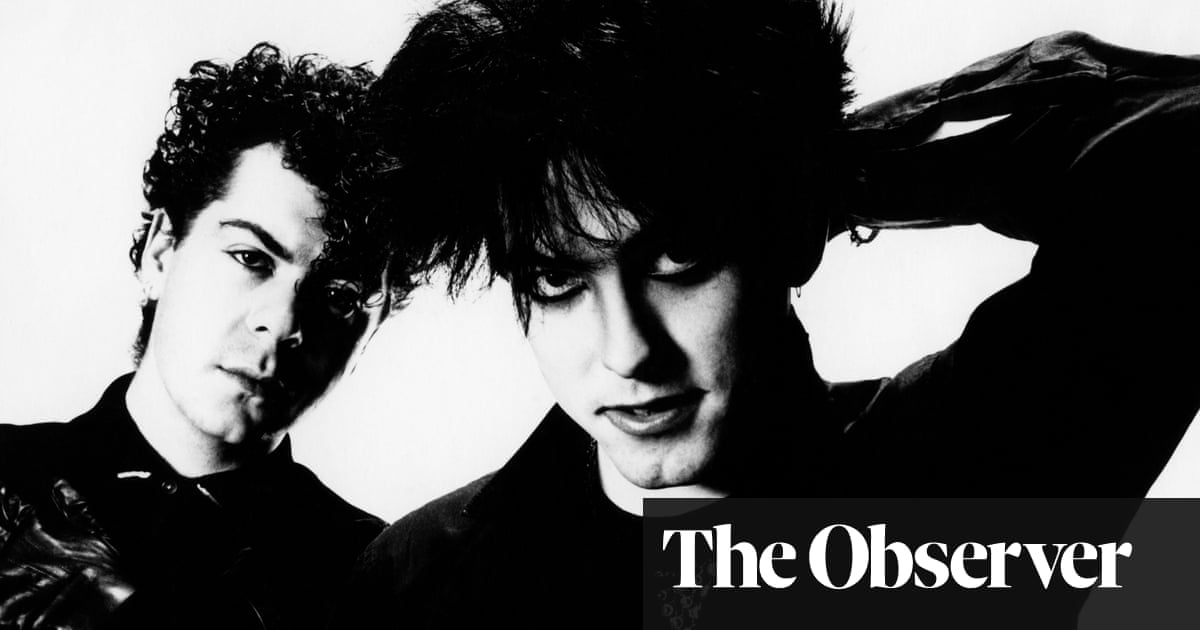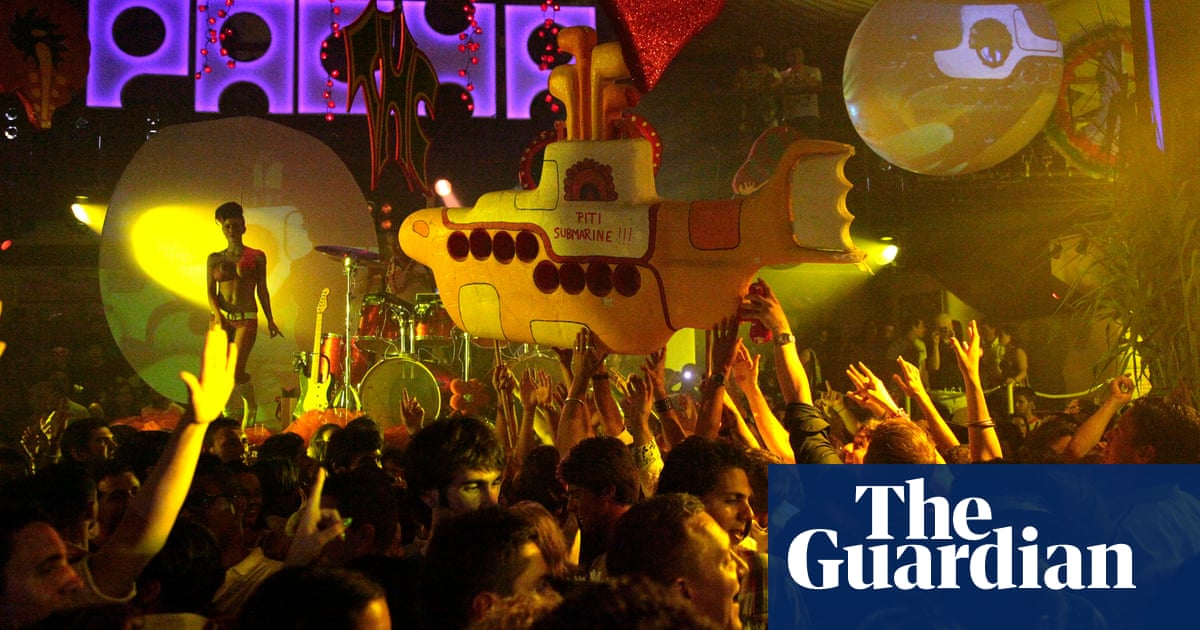
I was in bed when my friend Alfonso called me. “It’s the last party at Griessmuehle,” he said. “It’s the last Cocktail there. Throw on some clothes. We’re going.”
Cocktail d’Amore is one of a handful of landmark Berlin parties that have made the German capital a centre of LGBTQ+ youth culture over the past two decades. It took place in a venue called Griessmuehle, an old East German grain mill that people enjoyed because one moment you might be kissing on shower tiles, the next dancing in a silo. Sadly, it is to be demolished this spring to make space for a resort hotel. It certainly wasn’t an architectural jewel like the Berlin Philharmonic concert hall or Museum Island – but clubs, along with cheap studio space and vibrant subcultures, are what made Berlin the city so many love today.
It’s sad to see corporate event planners selling clients a Berlin lifestyle that they are so instrumental in damaging
In the 1990s, Berlin still conjured up thoughts of the second world war for many Europeans. Rarely did people come here to dance. But then something miraculous happened: the city’s empty buildings provided the global queer community with a home where low rents and large studio spaces drew in creatives from around the world. Artists and musicians turned cavernous buildings into dance clubs, and those dance clubs were fabulous. This helped resuscitate Germany’s image abroad, because Berliners showed they could welcome a diverse group of people and allow these creatives to help remake the city for a new century.
Advertisement
That’s why now it is so distressing that club spaces are closing or under threat as Berlin’s gentrification intensifies. Despite the fact that clubs in the city draw 3 million tourists a year, and generate nearly €1.5bn (£1.3bn) in annual revenue, more than 100 venues have closed over the past 10 years as property prices have more than doubled. In addition to Griessmuehle, About Blank, Else and Wilde Renate are facing closure as officials push for the building of highways and luxury housing developments on parcels of land that investors once shunned. Cocktail d’Amore has found a new venue, but if this pattern continues the city’s parties will inevitably run out of venues.
In the early years of reunification, East and West German youths met for the first time, danced together and formed lifelong friendships in ramshackle Berlin clubs staged in former bank vaults, disused kindergartens and collapsing supermarkets. Clubs served as a kind of neutral ground on which the two societies could recombine. The soundtrack was often provided by African American GIs who were stationed in Germany, or Germans who came back home after living in London and New York. They inspired a new generation of homegrown DJs with their house and techno records.
This is Europe: stay close with the Guardian’s email updates
Read more
Berlin’s economy never really took off in the 90s, meaning low rents continued into the 00s, making it an appealing prospect for artists and creatives looking to escape unaffordable lives in other major cities. Still, when I first spent time in Berlin over a decade ago, locals continually asked me why I would ever want to live there. Apparently I was experiencing their city in a way they weren’t.
In the late 90s, two gay German entrepreneurs started Ostgut, the forerunner to Berghain, their now wildly successful, internationally renowned club. No story about Berlin’s transformation into a queer mecca can be told without recounting the tale of Berghain. But since that’s been rehashed so often, I’ll just explain how I think it fits into the larger narrative.
At first, Ostgut suffered the same fate as Griessmuehle today. It was a venue living on borrowed time, in a rented warehouse that would later be yanked down and turned into a sports arena. When it reopened in 2004, inside a former power station straddling the no-man’s neighbourhood that was the Friedrichshain/Kreuzberg border, Berghain’s owners set about buying the building to assure their club’s longevity. It was a smart move because, as anyone who has seen this parcel of land knows, Berlin’s growth as a city ended up taking place around Berghain: in the span of 15 years, a Metro superstore, a shopping mall, hotels and offices sprang up next door.
Down the Cosmic Hole: are Berlin"s 56-hour party people facing their last dance?
Read more
But because the owners managed to buy the property, Berghain is still here. Moreover, its arts programming during the week has cemented its place in the city’s cultural life. And it has been willing to take on the city (and win) when it feels wronged. The city’s tax court agreed with Berghain that VAT on the club’s weekend musical programming – essentially the door price – should be set at a rate of 7% (like opera and classical music events) rather than at 19% (like movies and other goods). Though the ruling applies to all clubs now, the 12% margin has made a life-or-death difference for queer spaces throughout the city.
The model that Berghain perfected shows there is a way to protect queer spaces in major cities. Can we help more spaces adopt that model? As we danced inside Griessmuehle’s underground pit for the last time, I felt sad that we as a queer community have let another one of our spaces slip away, just as happened in New York and London.
It’s all the more sad, then, to see marketing materials for luxury apartment buildings or corporate event planners selling clients a Berlin lifestyle that they are so instrumental in damaging. If they continue to close the clubs that the queer community and its allies helped create, the city they so eagerly market will no longer exist.
• Michael Scaturro is a journalist based in Berlin












